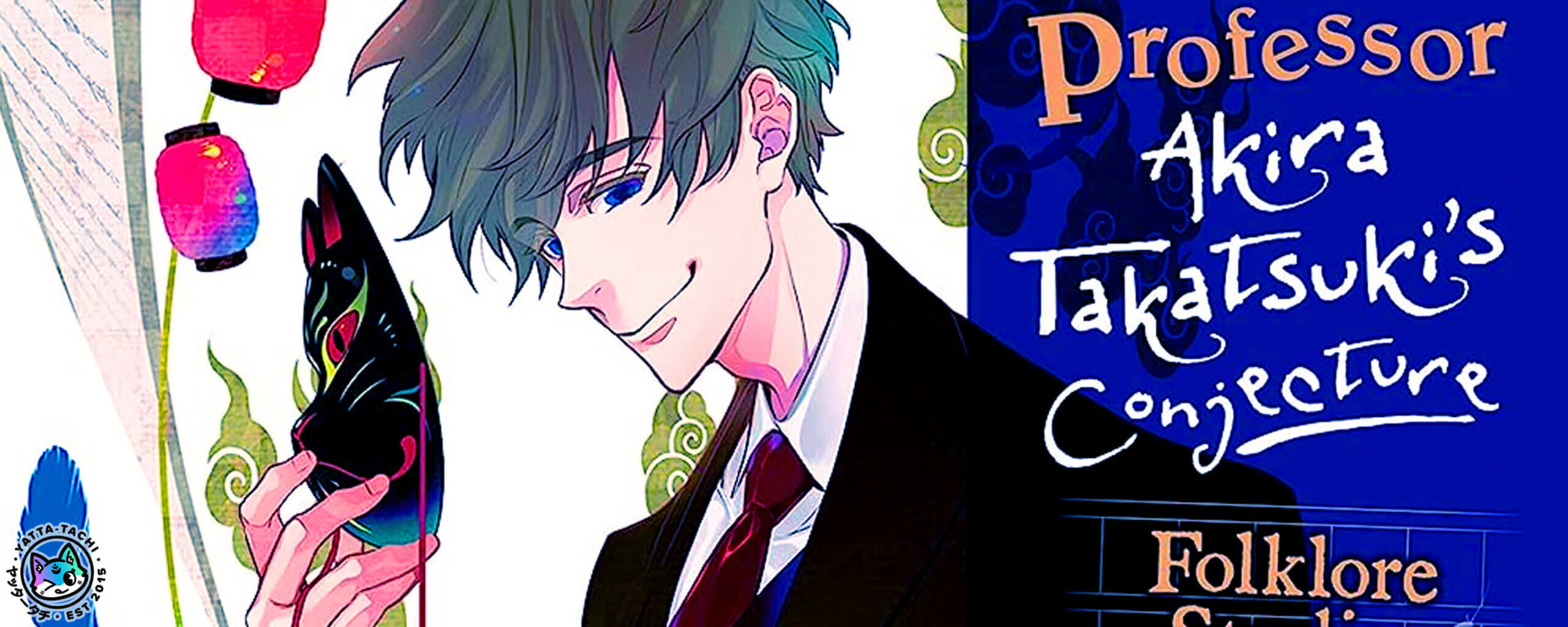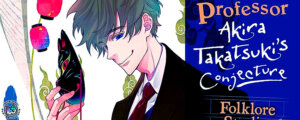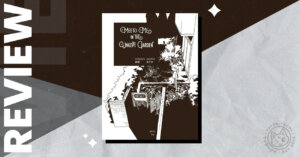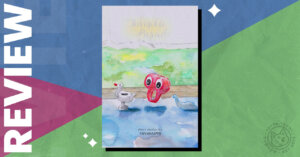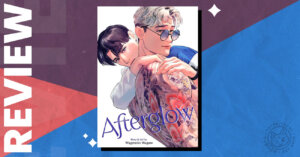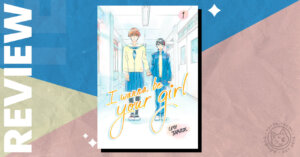Content/Trigger Warning: There are a few potentially triggering scenes in this novel, including thoughts about self-harm (very brief), minor gore/blood, and drug use. Please check out the Detailed Trigger Warning‘s section at the end of the review for where these scenes occur (will contain some spoilers).
…Okay, maybe you’ve outgrown that phase. But, have you ever wondered where urban legends, superstitions, and the like originated from? How many Hanako-sans, cursed objects, and boogeymen are out there? Maybe you’ve been haunted. In that case, Professor Akira Takatsuki and his Folklore Studies course would be perfect for you.
Like many first-year university students, Naoya Fukamachi is not 100% sure what he wants to major in, but what he does know is that the description of Folklore Studies II sounds just interesting enough to make him sign up. (“From school ghost stories to urban legends and so on” – after reading that, I wanted to take this class too!)
Unlike most people, however, Naoya had had a supernatural experience in his childhood that left him with the uncontrollable ability to detect all lies. While this power sounds unimaginably cool, it comes with a lot of agony. After sharing his story with Professor Takatsuki, Naoya decides to him solve the mysteries behind other people’s seemingly-inexplicable encounters. With the two of them often having to investigate in very creative ways, thus begins Associate Professor Akira Takatsuki’s Conjecture.
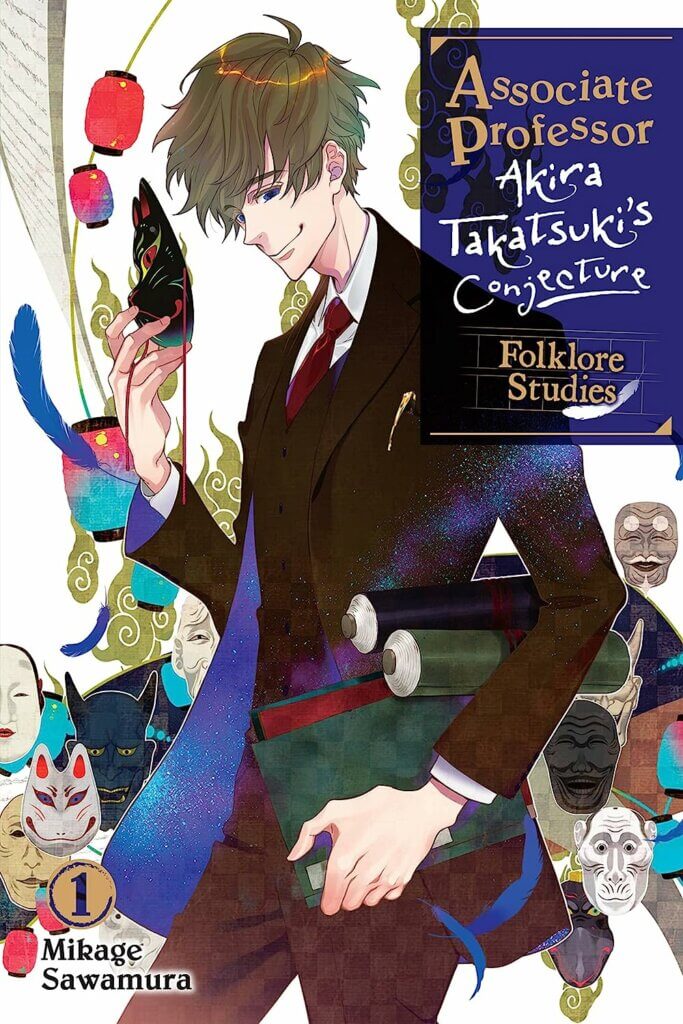
The Utterly Divine!
Ever since Yen Press announced they were publishing this novel, I was intrigued and excited to check it out. I love learning about folklore, and the premise of solving folklore-centered mysteries could not have sounded any cooler.
I am so happy to say that this first volume did not disappoint. From the get go, I loved that the story is told from the point of view of a first-year college student. While Naoya did have a supernatural experience as a child, he is unfamiliar with the world and academics of folklore. As he learns more about cursed dolls and haunted houses, so does the reader. As such, I think the volume is beginner-friendly to anyone who may have a general idea about urban legends, but wants to learn about the history and modern applications of them.
Through Professor Takatsuki’s passionate lectures, I learned so much. It’s great that he’s a genuinely funny and entertaining character because it made absorbing the background info and historical context that much easier, which in turn made piecing together the clues alongside our main characters so much fun. I found many moments in this novel funny, thrilling, and even chilling.
Professor Takatsuki and, by extension, the author Mikage Sawamura, are also quite thoughtful in how they explain different aspects of folklore. Human nature comes up often in this volume, particularly the question of why people would choose to explain something through a supernatural lens rather than a realistic one.
“The unexplained was made up of two things: phenomenon and interpretation.
Unexplained phenomena are frightening.
People are afraid of what they don’t understand.
That’s why they interpret their realities.”Associate Professor Akira Takatsuki’s Conjecture, Chapter 2
With that in mind, I especially loved the way folklore tied into the mysteries themselves. The description of the cases in this novel often kept me on the edge of my seat. The interviews, the clues, and even the banter between the characters – all of these components made for a great mystery. Solving mysteries on their own is exciting enough, but pairing that with Naoya’s lie detection made this novel stand out. (I know it’s a source of trauma for him, but every time he detected a lie, it made my jaw drop!)
But the highlight of the novel is, by far, Akira Takatsuki himself. He is a fascinating character! I personally love characters who are passionate about what they do; it was awe-inspiring seeing how Takatsuki used his knowledge and applied it to cases. If I’m being honest, though, the real reason I adore him is that he’s also so endearing! A man who is upset when his student turns down his offer of sweets, who wishes he was the one being haunted instead of his client, and who wants to throw parties in order to gather clues – I can see why so many are charmed by him. He reminds me of characters like Gurren Lagann’s Kamina or My Hero Academia’s All Might; he’s dependable and people feel safe around him. He easily carried this novel and is a large part of what makes this novel great.
The Somewhat Less Than Sublime
This, however, leads me to the not-as-great parts of the novel. In contrast to Professor Takatsuki, I found Naoya boring. Aside from his lie detection, he doesn’t stand out to me. Part of that is intentional since he’s meant to be Takatsuki’s common sense filter, but I wish I felt as passionate about him as I did about the professor. The most interesting part about Naoya was how he got his ability, but I hope he’ll change things up in the future.
As much as I enjoyed the historical context of the folklores in the novel, and as much as I LOVED the riveting investigations and discussions that went into each case, I was almost always disappointed by the actual outcomes. I found them predictable and anticlimactic. I think it goes to show that some of the things we perceive as terrifying and world-shattering are actually quite normal, but as a reader, I felt that the finales did not match the richness of the buildups.
I do want to clarify that neither of these points are deal-breakers for me, nor did they lessen my love for this volume. The strengths of this novel greatly outweigh any weaknesses, but I think that tackling these weaknesses would make for perhaps a more entertaining story.
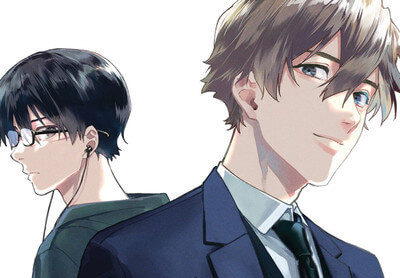
The Verdict
If the difference in lengths of these sections is any indicator, I absolutely loved this first volume. It was entertaining, interesting, and thought-provoking. I learned a lot, I laughed a lot, and I genuinely had fun. While I do wish the outcomes of the cases themselves were more interesting, I understand why they are the way they are (and I think after reading and mulling over the novel, other readers will too.)
The novel shows us that reality on its own is oftentimes a bitter pill to swallow, which is one of the ways folklore itself came to be. How can we cope and explain our struggles in a way that’s more bearable?
Finally, I seriously adore Professor Takatsuki. I definitely became a fangirl and perhaps I need to reconsider my graduate school plans now! In future volumes, I hope Naoya will also get a chance to shine some more and take the center stage. I know for certain I’ll be diving into volume 2 as soon as it’s out!
You can buy Associate Professor Akira Takatsuki’s Conjecture digitally and in paperback on Right Stuf Anime, Barnes & Noble, Bookshop.org (supports local bookstores!), Amazon, and Indigo.
Credits
Story by Mikage Sawamura
Translation by Katelyn Smith
Edited by Payton Campbell
Designed by Madelaine Norman
Published in English by Yen Press, LLC
If you liked Associate Professor Akira Takatsuki’s Conjecture, I highly recommend the following:
- The Case Files of Jeweler Richard
- Hyouka
- Natsume’s Book of Friends
- Folktales from Japan
- Mushishi
- Theatre of Darkness: Yamishibai
A big, big thank you to Yen Press for allowing us the opportunity to review this title. Receiving a digital review copy of this title has in no way altered the opinions expressed in this article.
Detailed Trigger Warnings:
- Self-harm: Early on in Chapter 1, the main character Naoya reflects on his past thoughts about his abilities. This included an attempt at self-harm where he considered stabbing his ears. It’s one short paragraph, not described in detail, and is never brought up again during the rest of the volume. (Starts in the paragraph after the one beginning with “Lying came easily to humans.”
- Mild gore/blood/needles: In chapter 2, when all of the characters meet at the cafe to discuss the case, one of the clients finds a needle in her mouth and starts bleeding. Needles (for sewing) are a main motif. Later in the chapter, another character is stabbed with a needle during the barbecue party.
- Non-consensual drug use: In the case investigated in chapter 3, the victim was forced to get high (with marijuana) in order to forget what she saw.
The Good
- Beginner-friendly and informative for anyone interested in Japanese folklore
- The investigations are thrilling!
- The titular Akira Takatsuki is a one-of-a-kind character who is a delight to follow around
The Bad
- While Takatsuki is quite compelling, the main character Naoya is boring
- And while the investigations are cool, the outcomes of the cases are anticlimactic

Featured Sponsor - JAST
The sweetest romance and the darkest corruption, the biggest titles and the indie darlings; for visual novels and eroge, there's nowhere better.
Big thank you to our supporters
From their continous support, we are able to pay our team for their time and hard work on the site.
We have a Thank-You page dedicated to those who help us continue the work that we’ve been doing.
See our thank you page